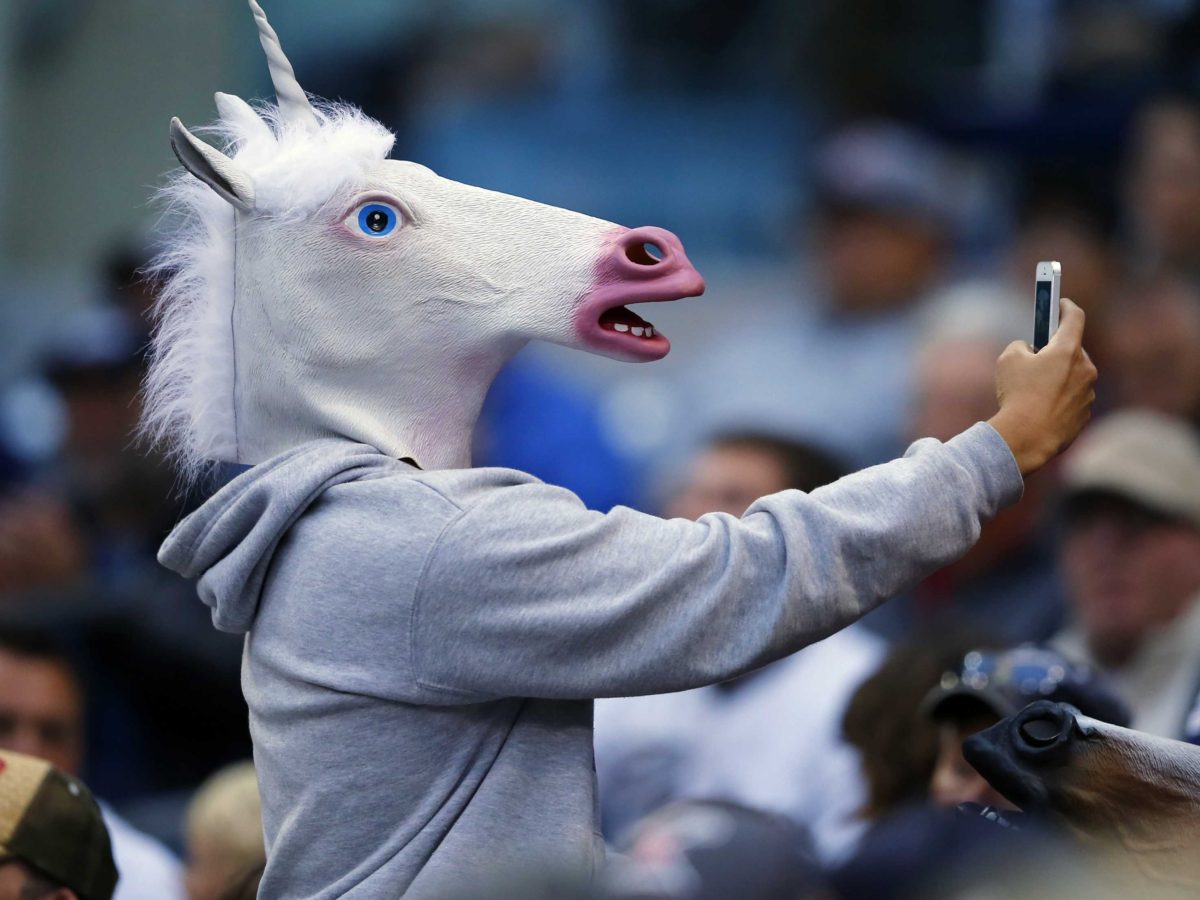Over the past decade, technology companies have undoubtedly played a pivotal role in disrupting many industries. Whether it be Uber in the automotive industry, Amazon in the retail sector or Twitter for communication, many individuals cannot imagine their lives without them. Yet, there exists a troubling and persistent commonality among them: the inability to turn a profit. As of February 2017, there were an estimated 185 unicorns – privately owned companies which are in excess of a billion USD – and most of them were not profitable despite a collective valuation of 646 billion USD (Vice news, 2017). These include well-known companies such as Uber or Spotify, which remain unprofitable to this day. Even after going public with an Initial Public Offering (IPO), many technology companies, such as Amazon or Snapchat, struggle to make a profit. One would think that the inability of an enterprise to turn a profit indicates the unsustainability of its business model, yet companies such as Amazon continue to crush their competition (Gustafson, 2017).
So how do such companies continue to compete on the market despite their huge losses. One word: venture capitalists. According to Vice news (2017), in order to properly assess the risk and valuation of a company, traditional investors pay attention to figures such as cash revenue or profit. Venture capitalists on the other hand assess a company’s valuation based on its potential. Couple this with the fact that technology companies have the capability of rapidly expanding, many venture capitalists have developed what Mark Cuban refers to as the “fear of missing out”, in particular to Silicon Valley investors (Baldwin, 2014). However, with the technology sector becoming optimized for growth, unicorns are increasingly at the whims of investors and their perception of the business’ performance (Ovide, 2017). Investors such as Bill Gates have called restraint unicorn investments while other individuals have started drawing parallels with the 2000 dot-com bubble, in light of an increasing number of traders betting in favour of falling share prices (Williams, 2016).
References
Baldwin, R. (2014). Mark Cuban says Silicon Valley investors suffer from fear of missing out. The Next Web. Retrieve from: https://thenextweb.com/entrepreneur/2014/09/08/mark-cuban-says-silicon-valley-investment-suffers-fear-missing/
Gustafson, K. (2017). Competing with Amazon is crushing retailers. CNBC. Retrieved from: https://www.cnbc.com/2017/03/31/competing-with-amazon-is-crushing-retailers.html
Ovide, S. (2017). Key to Control in Silicon Valley Is Simple: Make Money. Bloomberg Gladfly. Retrieved from: https://www.bloomberg.com/gadfly/articles/2017-03-24/key-to-control-in-silicon-valley-is-simple-make-money
Vice news (2017). Unicorn universe: Why so many tech companies are valued at over a billion without making a dime in profit. Retrieved from: https://news.vice.com/story/why-so-many-tech-companies-are-valued-at-over-a-billion-without-making-a-dime-in-profit
Williams, A. (2016). Should you believe in unicorns? Tech start-ups have polarised investors with Bill Gates calling for restraint but others arguing new tech will change the world. City A.M. Retrieved from: http://www.cityam.com/240621/investors-seek-the-truth-behind-unicorns


Thank you Dilshan for your very thoughtful blogpost.
It is indeed very interesting that so many companies and especially unicorns are so unprofitable. I never heard of the subject myself but it gets more and more interesting when you investigate it. When you search google for ‘unicorn profit’, The first thing that comes up is: ‘Silicon Valley startups are terrified by a new idea: profits’ (Bort, 2017). In this article, the view of venture capitalist Bill Gurley is explained. He is one of the first venture capitalist who warned for the new unicorn bubble. He explains that the main problems that arises is that capital is so cheap right now, investors are afraid of missing out on that one profitable start-up. This means that the new start-ups have very much cash to spend and use this cash not to make profits but to reach the ‘magic’ one hundred million revenue mark as soon as possible. This eventually and unavoidably ends up in a new dot-com bubble if we must believe Gurley.
However, there is another camp. Mike Trigg, COO of Hightrail, advocates that the ‘unicorn bubble’ will fix itself (Trigg, 2017). He says that unavoidable many start-up will fail, but this only has effect on the mostly private investors and not on a macro-economic level. He advocates that the unicorn tech environment is divided in many micro-industries and that these crashes happen within these micro-industries but will not reach far outside their own micro-industry. The only ones who are, sadly enough, affected are the company’s financial stakeholders whom in the start-up tech scene are often private. Trigg observes that when a micro-industry collapses, only the companies with a truly good business models survive. This redirects the attention of investors to the internally ‘good’ companies and will eventually even strengthen the entire industry.
In my opinion, there is something to say for both camps. The future will have to show us how unicorns that do not make a profit will affect us on a macro-economic level. However, it is certain that they can’t keep making $1 on every $5 they spend.
References:
Bort, J. (2017). Silicon Valley startups are terrified by a new idea: profits. [online] Business Insider. Available at: http://www.businessinsider.com/valley-unicorns-terrified-by-profits-2016-4 [Accessed 14 Oct. 2017].
Trigg, M. (2017). Why Silicon Valley’s ‘unicorn problem’ will solve itself. [online] TechCrunch. Available at: https://techcrunch.com/2016/03/17/why-silicon-valleys-unicorn-problem-will-solve-itself/ [Accessed 14 Oct. 2017].